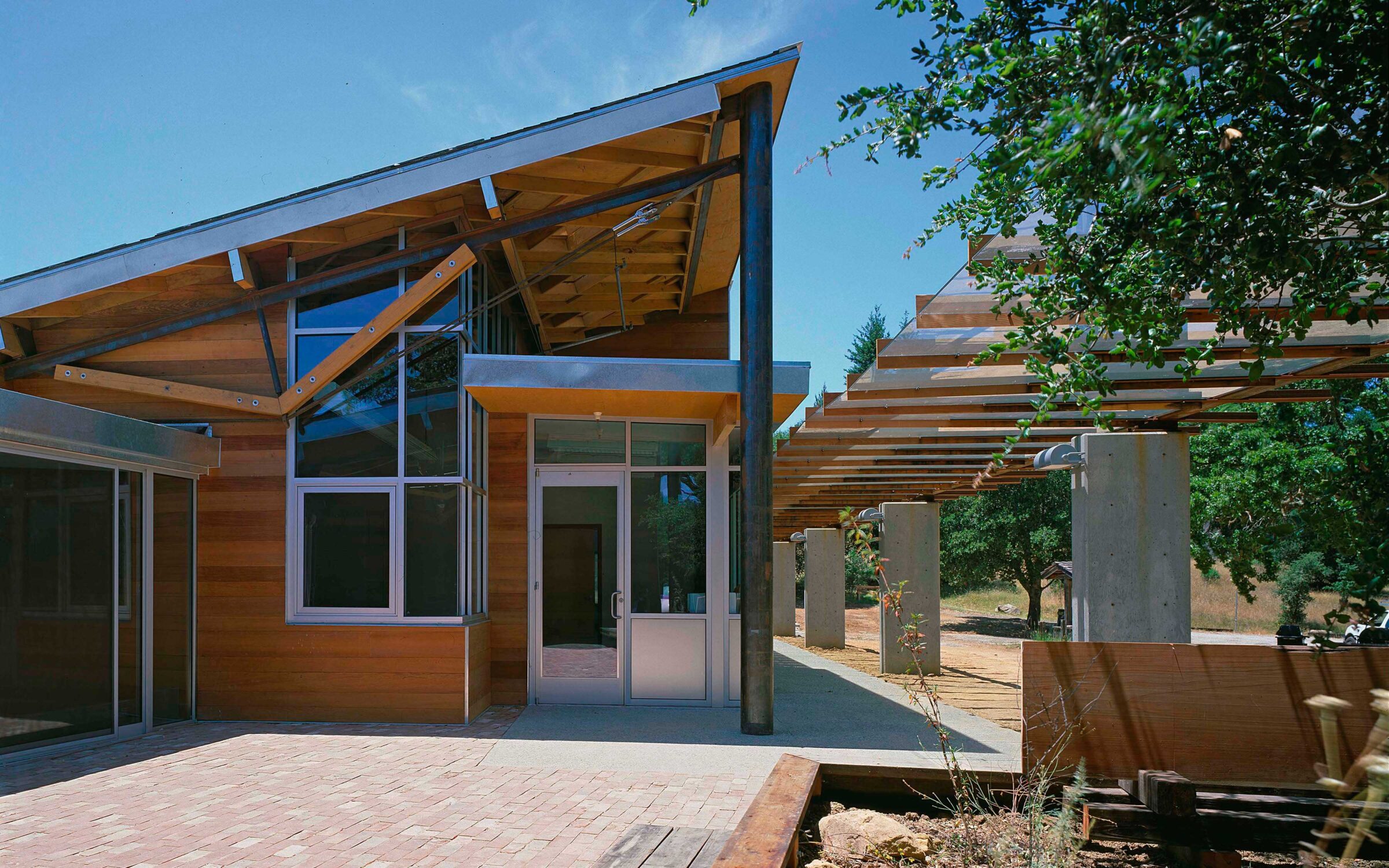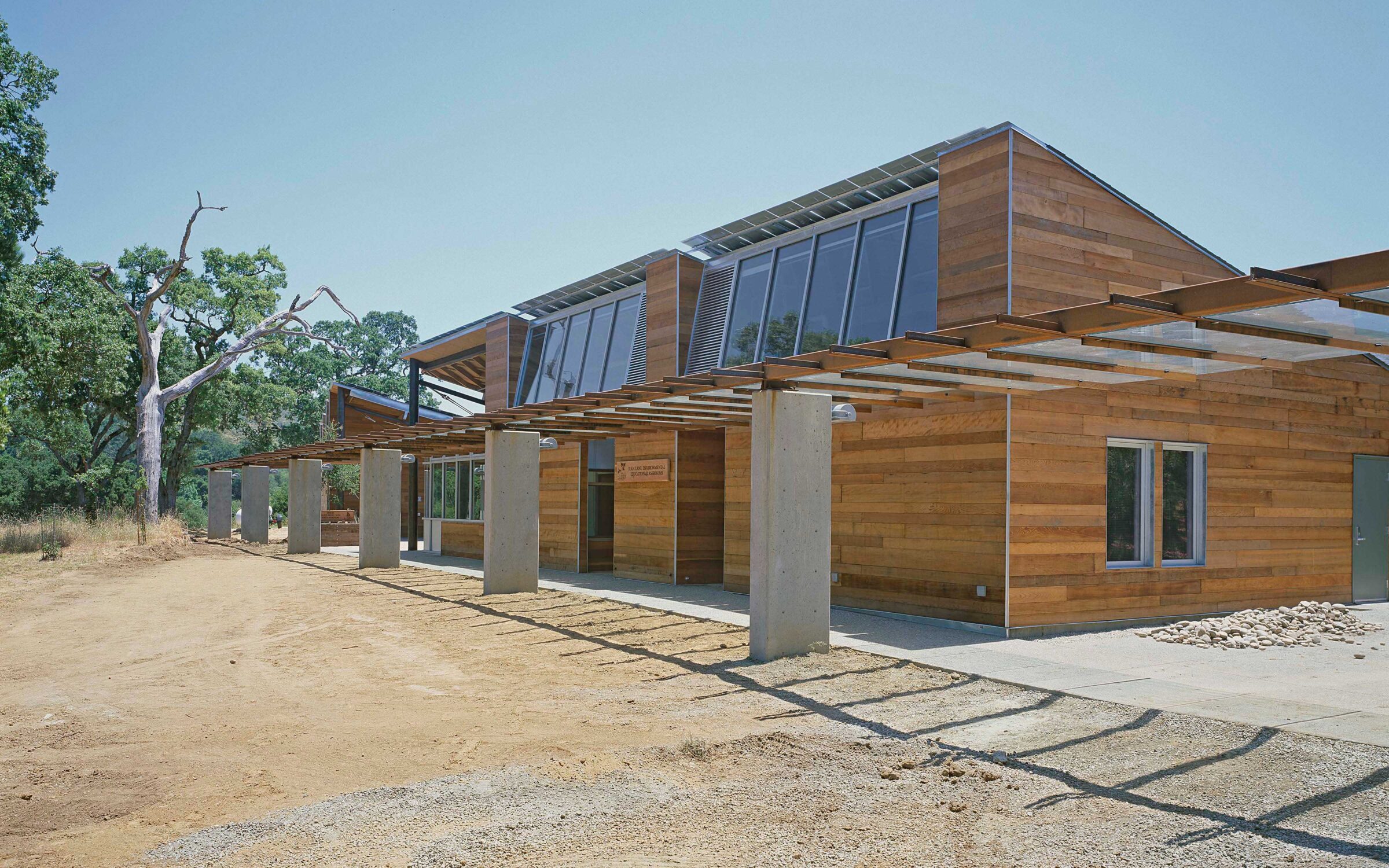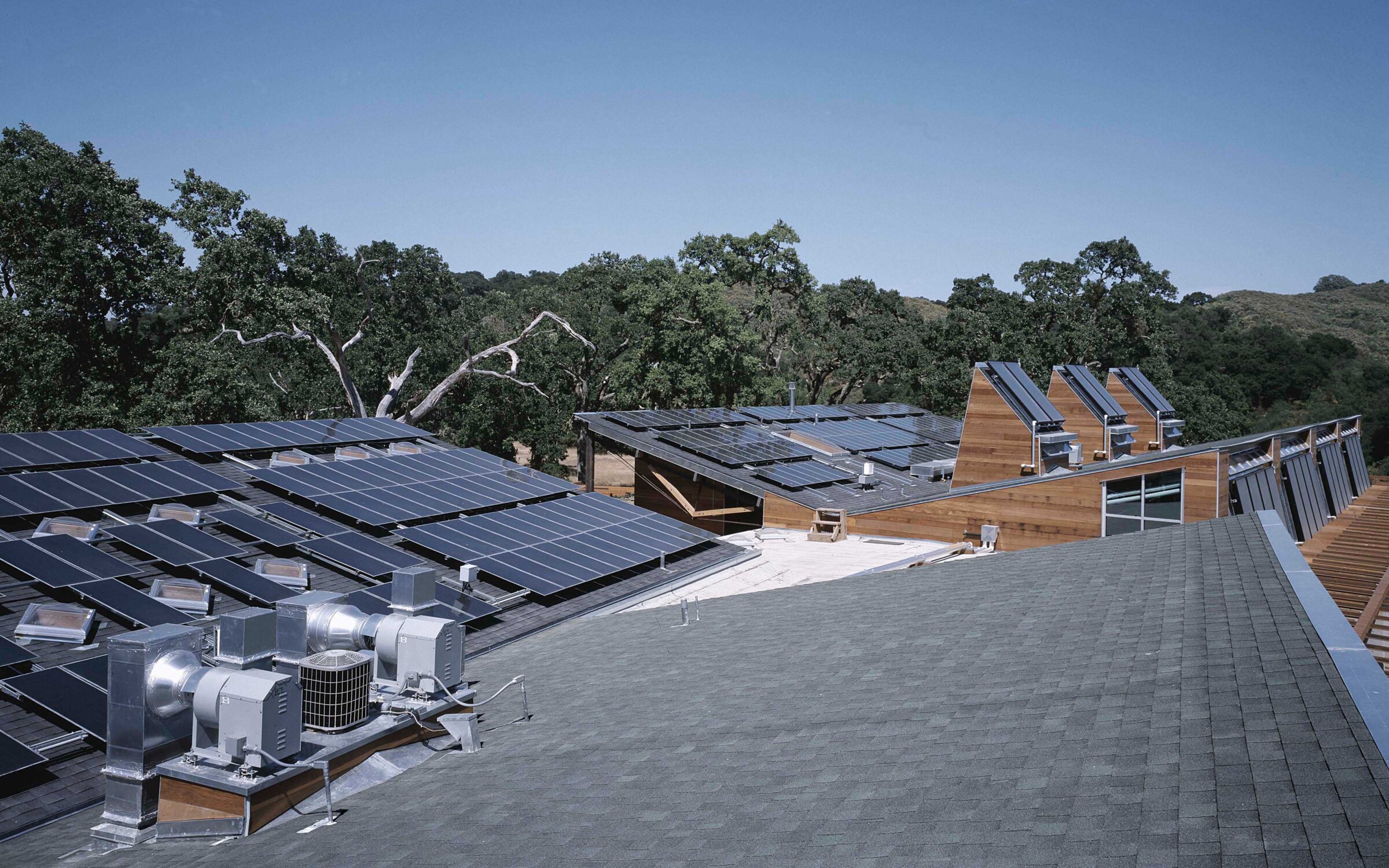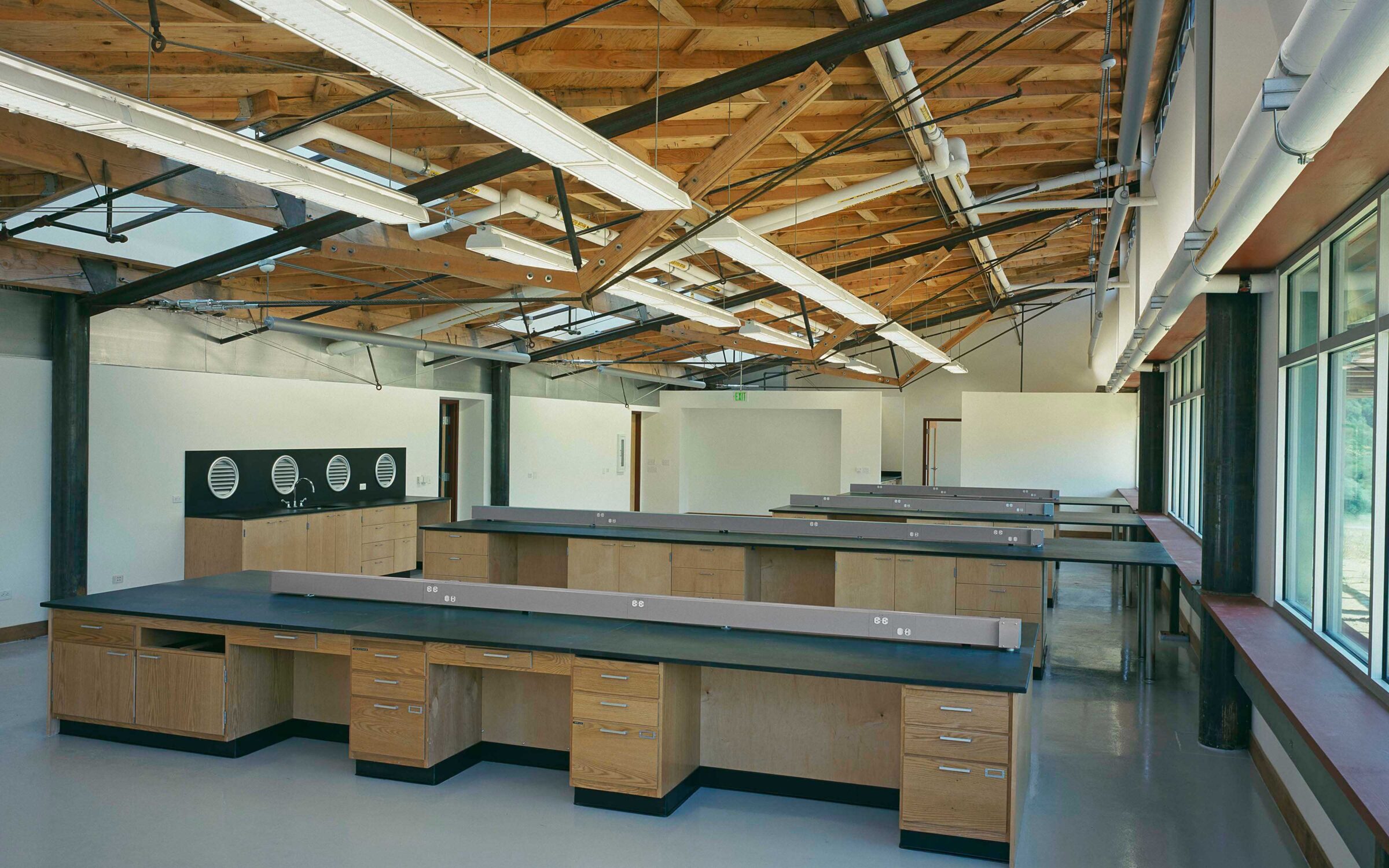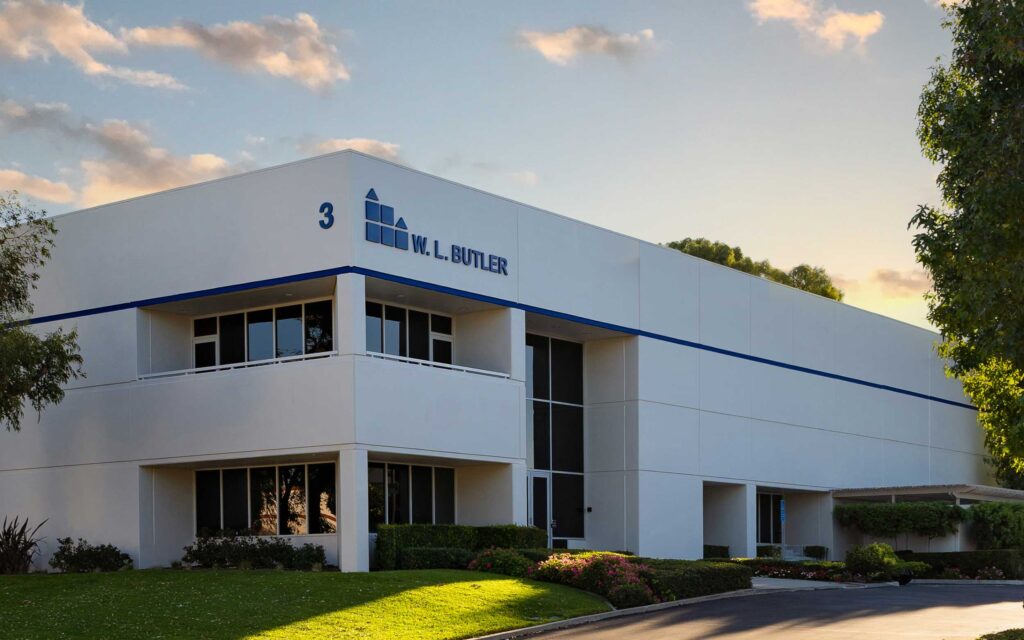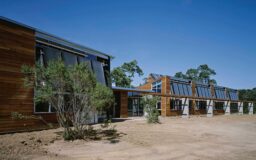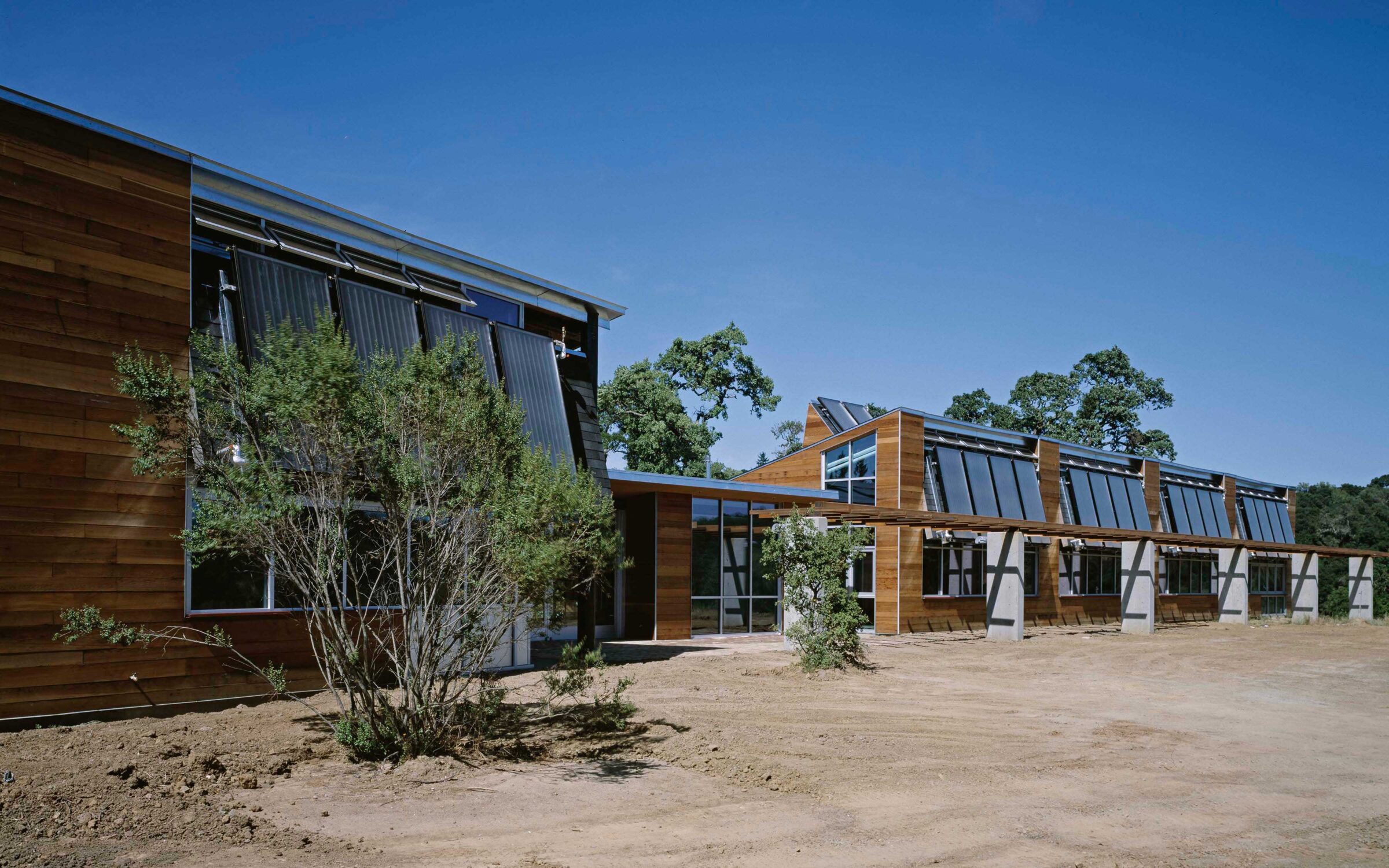
Jasper Ridge
Ground-up research facility
Owner
Architect
Market Sector
EducationThe Leslie Shao-Ming Sun Field Research Station at Jasper Ridge Biological Preserve features lab space, offices and classroom areas. Initially designed with an annual energy goal of net zero carbon emissions and to reduce the consumption of virgin materials, this facility incorporates uses solar power, an energy efficient design, no volatile organic compounds, low emission compounds, waterless urinals and low-flow toilets, EnergyStar-rated appliances and recycled building materials to reduce its impact on the environment. Its passive cooling design features an insulated roof to reduce thermal loss, high-performance glazing, operable windows, shading and diffuse daylighting; eliminating the need for air conditioning in over 90% of the interior building space. The field station uses a cistern to capture rain water, which is recycled for use within the building and native landscaping to reduce water consumption. Sustainable materials were used throughout; including high fly ash concrete was used to significantly reduce the cement content in the building’s concrete, 50-yr-old locally salvaged redwood siding and 120-yr-old re-purposed bricks from Stanford University. Energy efficiency was achieved by incorporating a 22kW grid-connected photovoltaic system for net generation of electricity and a state-of-the-art solar heating system that provides 60-80% of the total energy for winter heating, as well as full spectrum fluorescent lights and electronic ballasts to provide efficient and high quality lighting. The building was engineered to have no loadbearing walls and other features that reduced the total lumber and steel framing. This also allows for easy renovation and alteration of the interior floorplan. The end result was an award-winning research and educational facility, which earned our team the first “Green Building Award” presented by Sustainable San Mateo County (SSMC) in 2003.



